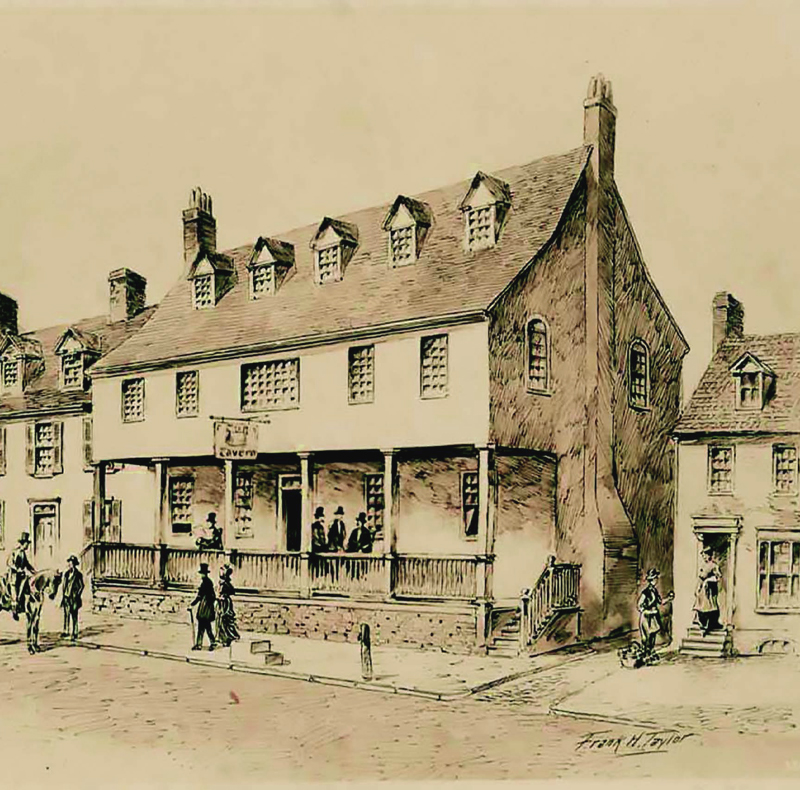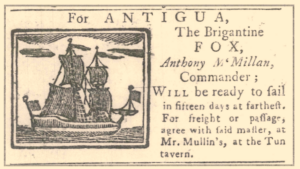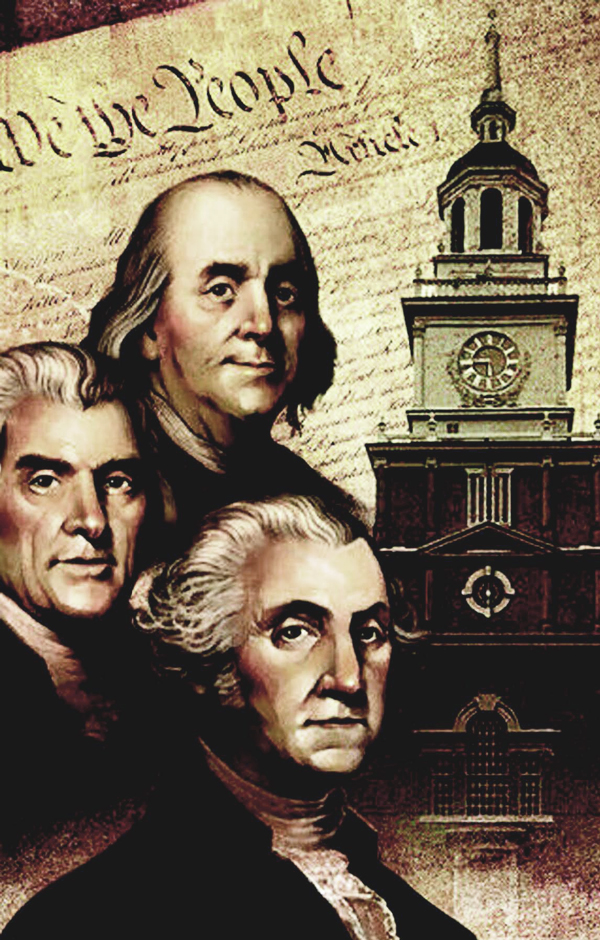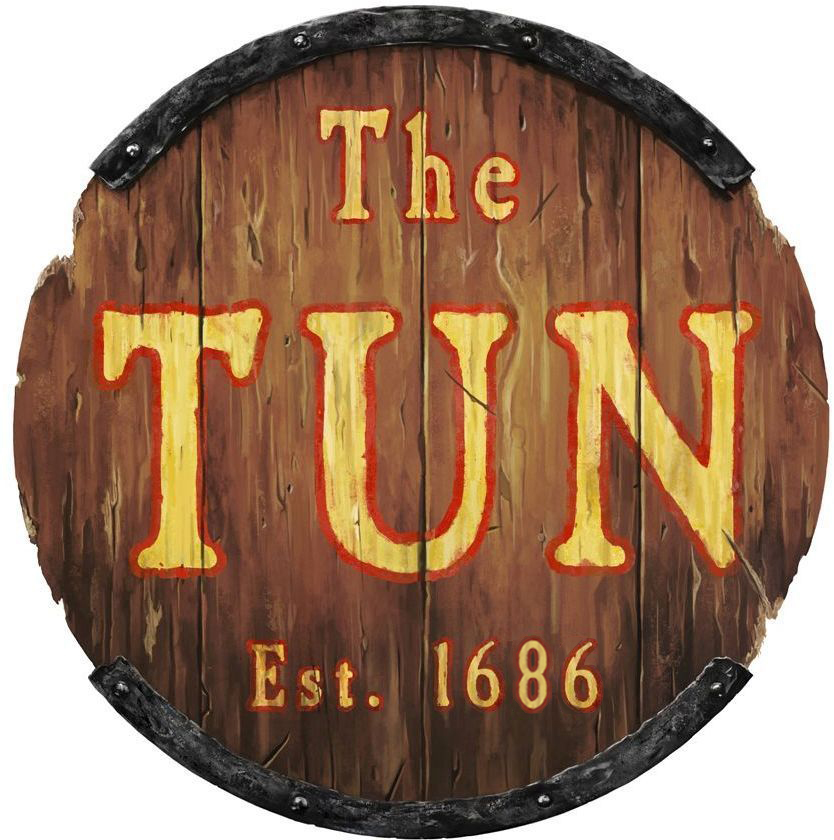
In America there are groups who have “created” destinations just because of their membership or interest in an organization or subject. These groups have a passion that draws them to their destinations, be it a love of nature, a love of country, a love of history… or love of tradition.
There was such a place along Philadelphia’s early burgeoning waterfront in the 17th century, and it gave birth to no less than six prominent organizations– all of which are still in existence today with nearly 5,000,000 members who can claim the common heritage of their organizations’ founding at this place.
The fact that members of these organizations can NAME this place without hesitation is astounding–because no one has been there or seen it for over 240 years, although most know its exact address: Water Street & Tun Alley.
That place was The Tun tavern, often referred to in historical records as simply “The Tun”. Originally opened in 1693 as what would today be called a Micro-brewery, it was one of the first taverns erected in the new settlement of Philadelphia. Originally built by Master Brewer, Joshua Carpenter, with the help of his brother Samuel Carpenter, The Tun had a reputation for the finest beer in Philadelphia. The demand for Joshua Carpenter’s beer was so strong that after operating The Tun for only about three months he decided to lease the tavern to someone else so that he could focus on his passion – crafting the finest beer and ale. It was apparently a good decision, as Joshua Carpenter was considered one of the wealthiest men in Philadelphia at the time of his death in 1722. Between them the Carpenter brothers owned four taverns and/or “coffee houses” (coffee and tea on the first floor, beer and spirits on the second). Joshua Carpenter’s businesses were so successful that he was one of the principal founders and financers of Christ Church in Philadelphia; a structure that still stands to this day.

From The Pennsylvania Gazette, September 7, 1749
The tavern changed hands multiple times over the next few decades, and it was under the management of a widow, Mary Campion in the 1730’s, that it gained the reputation for good food. By the 1740’s it was run by the Mullan Family, and furthered its reputation as the best place to get a meal in Philadelphia under the moniker “Peg Mullan’s Beefsteak Club”.
Yet, as popular a “destination” as it was in the 1700’s, the tavern had fallen into disrepair after standing nearly one hundred years, and was torn down in 1781, disappearing from the Delaware waterfront but never from the collective memories of the members of organizations that share a common heritage at The Tun.
It’s the destination that the members of these organizations still seek on an almost daily basis according to the Independence National Park rangers who encounter them. Yet, despite knowing the address, they just can’t find it.

William Penn certainly knew its address—his close friend and trusted confidant, Samuel Carpenter built The Tun and served as Penn’s Deputy Governor and the colony’s first Treasurer. Penn’s fondness for fine ale is well-documented.
The Continental Congress certainly knew the address. Many members often met there informally after sessions.
John Adams knew the address. As the head of the Naval Committee he and members of the Continental Congress used The Tun’s second floor meeting room to write the Articles of War that structured and organized what is now the U.S. Navy.
George Washington knew its address. After being chosen as the Commander of all American forces to fight the British, members of the Continental Congress held his celebratory dinner there.
Thomas Jefferson, Patrick Henry, Haym Salomon, and most of the supporters of the American Revolution knew its address. They were “regulars” when visiting Philadelphia.
And Benjamin Franklin certainly knew its address — he joined two of the organizations founded there, and later printed the “menus” for one of the other organizations who met there for fundraising dinners. That organization still has one of those original menus… and the receipt!
And if you wanted to volunteer as a Marine in 1775, you HAD to know The Tun’s address, as it was the sole recruiting location for Marines in the entire country! Tavern proprietor, Robert Mullan was a Freemason as was Samuel Nicholas, the man charged by the Second Continental Congress with raising “two battalions of marines”, and together these two friends accomplished this at Mullan’s tavern (The Tun), likely because of its proximity to the Delaware River where the new ships of the Continental Navy were being finished.

We are told by the Park Rangers working at Independence Hall National Park that the second-most asked question after “Where are the restrooms?” is “Where is Tun?” For over 240 years they haven’t had an answer.
With your help, in 2025 we will give them one.

